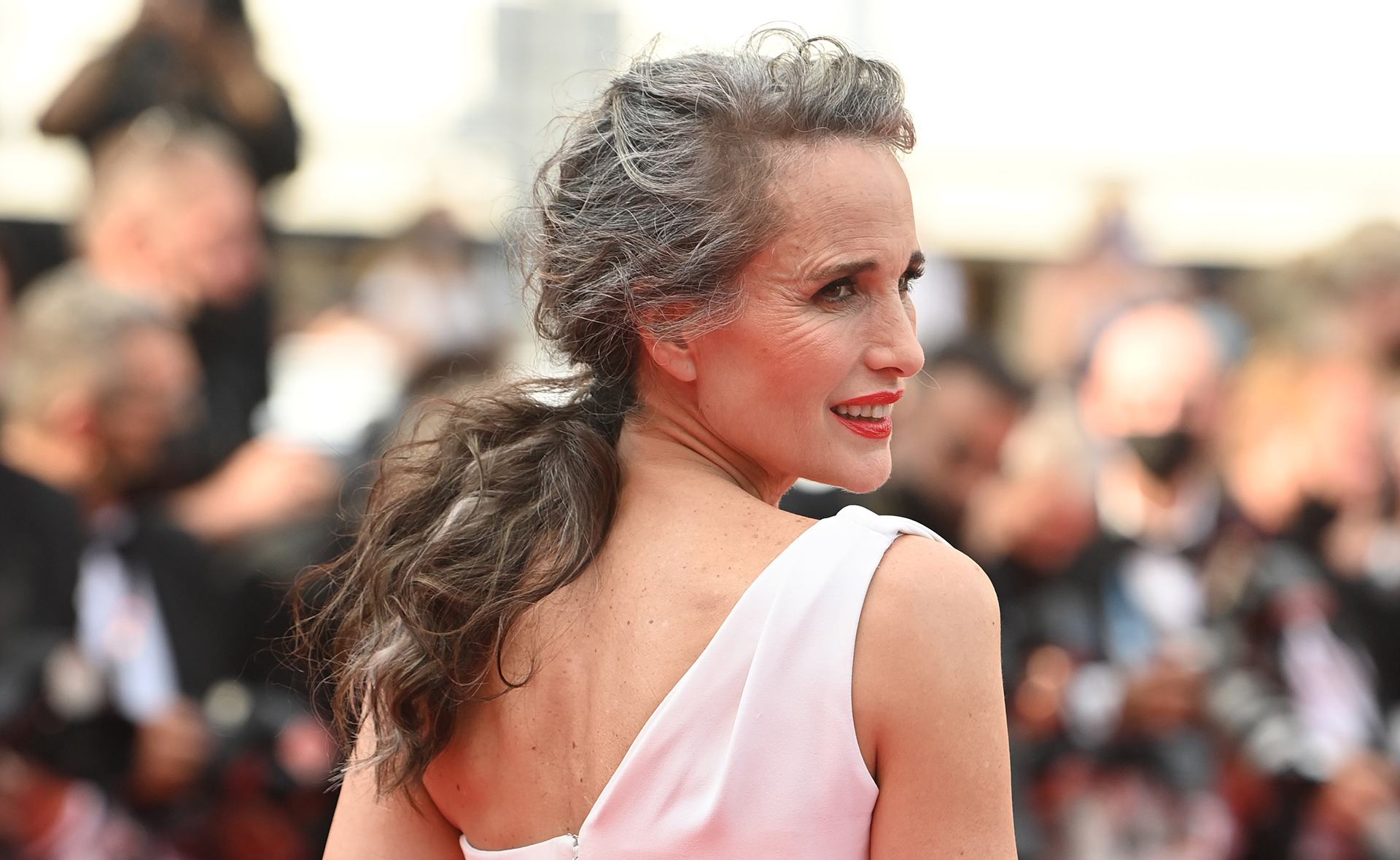For too long, women have been under-represented in the world of film but a generation of incredible Aussie talent is set to change all of that.
From director Unjoo Moon, to production designer Karen Murphy, producers Bruna Papandrea and Jodi Matterson, and more, these women are changing the game in Hollywood.
Here, The Weekly will introduce you to the remarkable creatives to watch as they shake up the film industry.
Unjoo Moon – Director
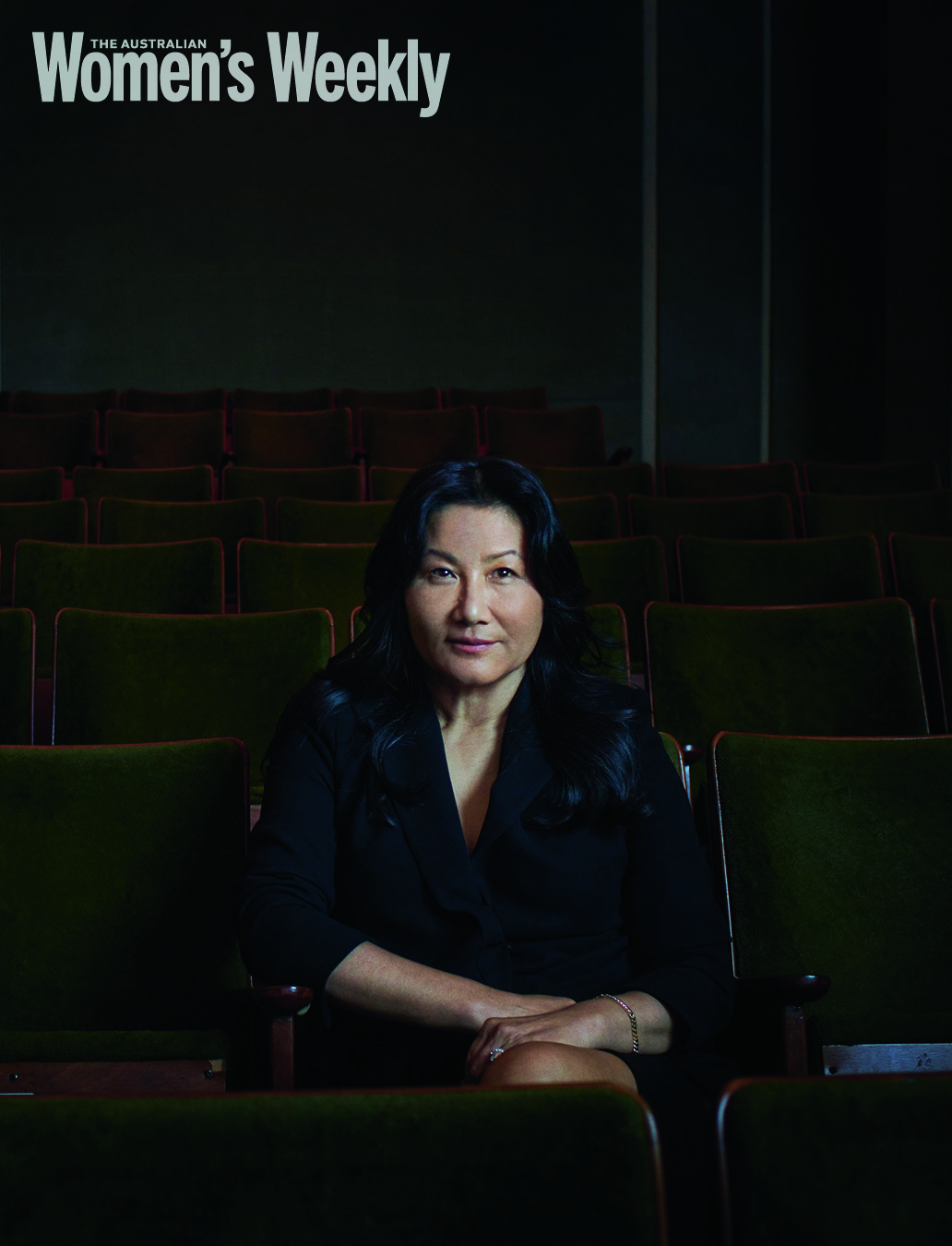
“I am Woman” Director Unjoo Moon
(Photo: Hugh Stewart)“I was always drawn to telling stories when I was a child,” says I Am Woman director Unjoo Moon.
“I was always the kid at school putting on plays. I was always looking for outlets like that. But the path of becoming a storyteller or a filmmaker was not clear for me, and it wasn’t encouraged either.”
Unjoo was born in Korea but grew up in Australia in the ’70s and ’80s.
“When you are from a migrant family, your parents really want you to succeed in a way they understand and think is going to give you a comfortable, safe life,” she says.
So, Unjoo did what she thought was expected of her and went to law school. But she also studied theatre. “I was down in the theatre department always putting on a show. I really had my foot in both camps.”
Eventually it became clear to her she was never going to be a lawyer and she had to leave law school. It was a difficult decision.
“In Korea, family duty is incredibly important,” she says. And there were other obstacles. “I never had any role models. Not only were there no directors who looked like me, there were just very few women directing at all.”
But Unjoo persevered. She enrolled in film school, where she met her husband, cinematographer Dion Beebe, before moving to LA. She and Dion both found success and she said her parents saw that she had made the right choice.
“I think every migrant parent doesn’t want you to have the same kind of struggles, jump the same kind of hurdles, face the same kinds of racism.
I understand that. I’m a mother. I want the same thing for my child.”
Her first feature was the Helen Reddy biopic I Am Woman. But selling the female story to male film production gatekeepers was incredibly difficult. She and producer Rosemary Blight “used to sit in meetings often being the only women at the table. We used to pitch the movie and people would find the story fascinating but they would say to us,
‘It’s a great story but we don’t know a lot of people who are interested in that’.”
Of course, finally the film was released and it was embraced the world over. Unjoo went to a festival screening in Goa, India, and said women were breaking into song afterwards.
“Everyone wanted a hug and a selfie. They were all so moved.”
“Things have changed a lot now,” she adds. “I think that a lot of people have started to focus on making films about women or having women at the centre of the story.”
Karen Murphy – Production Designer
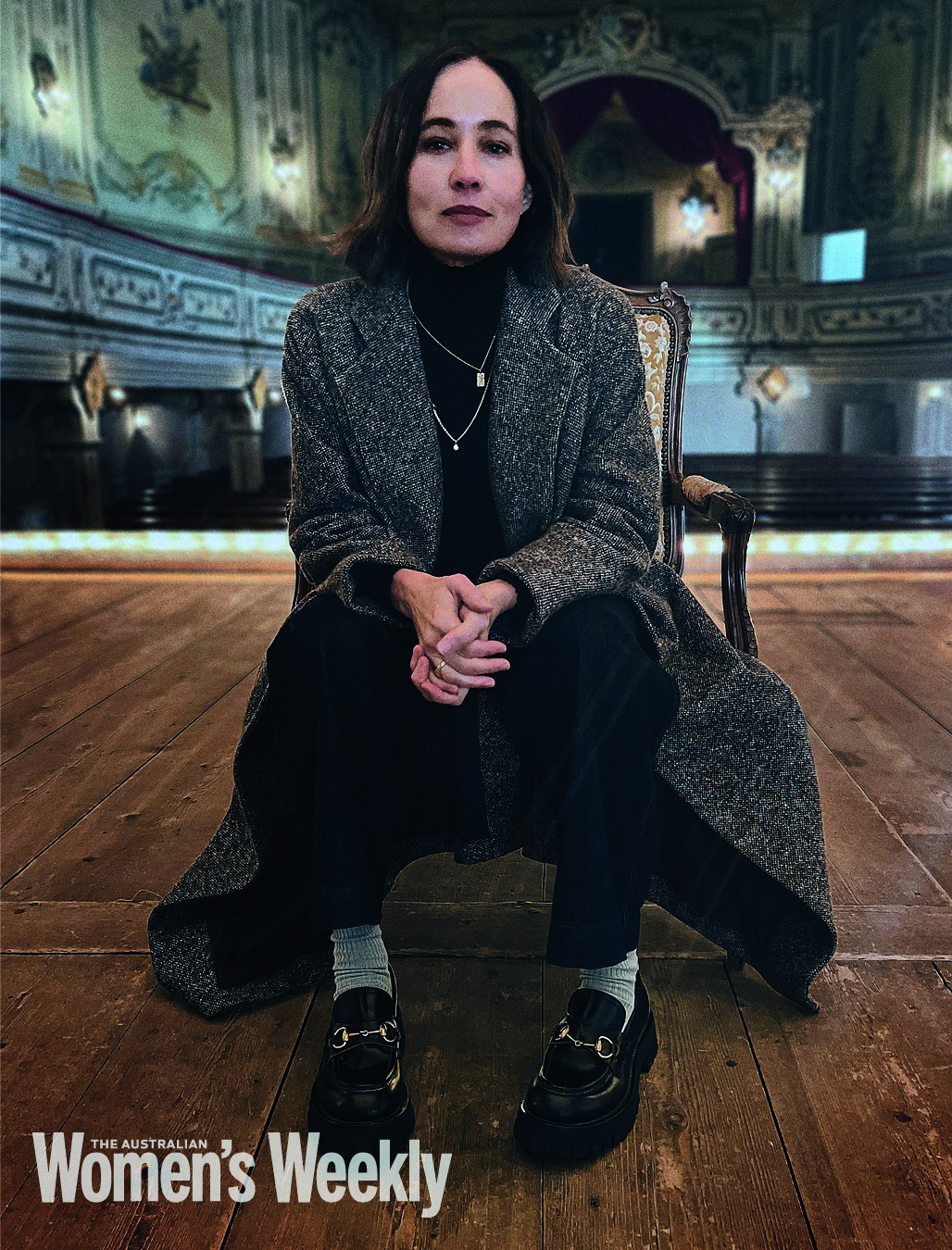
Production Designer – Karen Murphy
(Photo: Hugh Stewart)When Karen Murphy enrolled in architecture at university, she didn’t imagine she’d end up designing the palaces of Narnia. But since wrapping building design for the Star Wars art department, she has become a highly sought-after creative.
She was still at university when she began doing drafting work for TV commercials. From there she learned of an Australian film needing someone with her skill set and joined the team working on Moulin Rouge!
“It was quite a beguiling introduction to the film world,” Karen says. Catherine Martin and Baz Luhrmann’s team was relatively small and Karen was able to “watch them closely”. She would be working late, and Catherine would come and take an interest in what she was doing.
“It was a very lavish but still very small job. We were all just mucking in,” she says. “I learnt from them about rigour and not giving up on what you want.”
Karen worked in the art department on the Star Wars, X-Men and Matrix films, then teamed up with Baz again on The Great Gatsby. Next she brought the music world to life as the production designer on A Star Is Born.
“People always ask me, ‘Did you really do those concerts?’ We kind of did. We did go to Glastonbury. We did go to Coachella. We did use real crowds sometimes. I fought harder than I’ve ever fought on a film before to get that to feel real.”
All of a sudden, after that, she could take her pick of projects. Instead of chasing something huge, she looked for work she believed in. Her
next project was a film called Queen & Slim with director Melina Matsoukas, who Karen wanted to work with because “she is very focused on female voices and young women of colour and giving them a leg up”.
This was something that was lacking when Karen started out. People like Baz and Catherine always championed creative women, but not everybody did.
“I worked in big art departments run by men and I was a skilled person within those worlds, but I was always wondering am I getting paid as much as those guys? It just didn’t feel as equitable as it does now.
“In Hollywood people like to put you in a box. I like to challenge that.”
Bruna Papandrea and Jodi Matterson – Producers
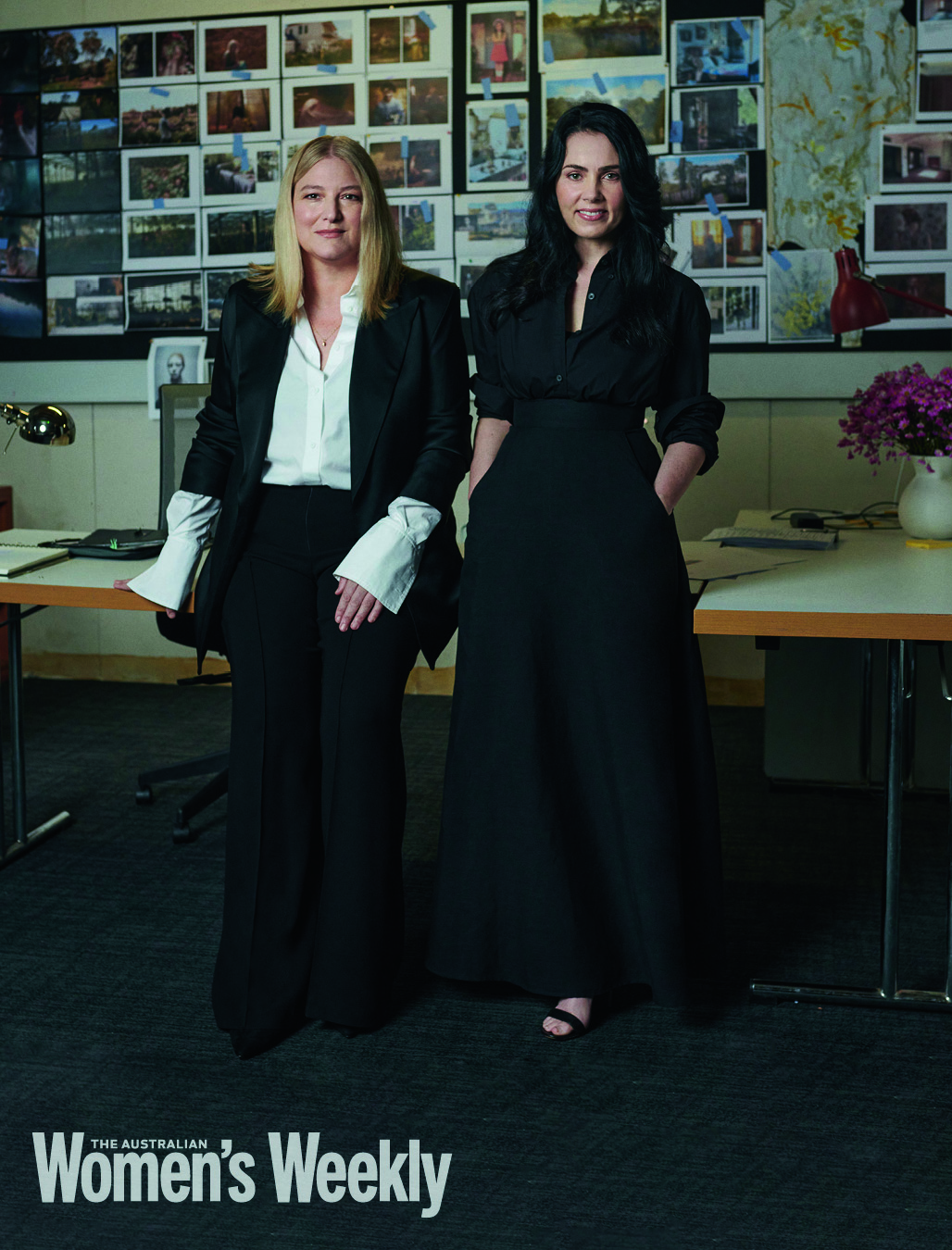
Producers Bruna Papandrea and Jodi Matterson
(Photo: Hugh Stewart)During the making of her first feature film, Better Than Sex, producer Bruna Papandrea did everything from personally chauffeuring actors David Wenham and Susie Porter to sewing the curtains for the set.
Twenty-one years later, she is responsible for some of the most unforgettable film and television of recent years, such as Gone Girl, Big Little Lies and The Dry.
Together with producing partner Jodi Matterson, she runs Made Up Stories, putting women’s stories centre stage and creating opportunities for female creatives behind the camera. Today, Jodi and Bruna sit down with The Weekly in the production office of The Lost Flowers of Alice Hart, an adaptation of an Australia novel, with lead roles played by Asher Keddie and Sigourney Weaver.
In part, Bruna and Jodi’s success is tied to the relationships they build.
“This business is all about relationships,” says Jodi, who first collaborated with Bruna on the 2012 film Not Suitable for Children, where she discovered Sarah Snook.
“Australia’s always been really good at promoting women in our business,” Bruna says. “We grew up on Jane Campion and Gillian Anderson. I remember seeing Sweetie … and I said: ‘Oh my God, what is this crazy movie with this woman at the centre?'”
Globally, however, she sees double standards.
“Men can still basically do anything they want. I call it the World War II analogy. You can make as many movies as you want about men in war, but we’ve been trying to make a female war movie for many years and it’s still really hard.”
However, Jodi believes the success of Fleabag shows the needle has shifted on women-led content.
“As recently as a decade ago, the Netflix megahit The Queen’s Gambit wouldn’t have been made,” adds Bruna. “My friend made The Queen’s Gambit. They had the rights for 20 years.”
Mandy Walker – AM Cinematographer
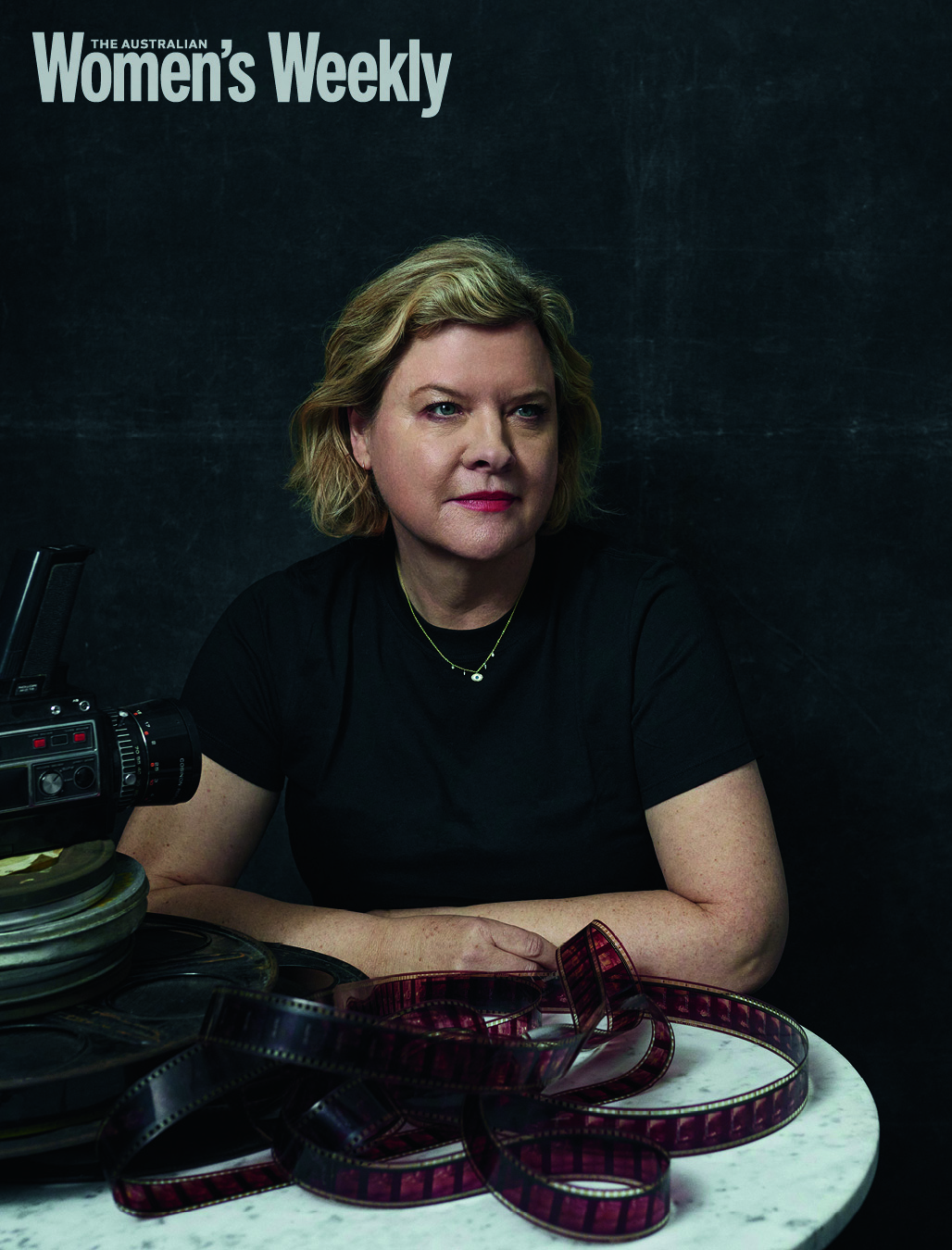
Mandy Walker – AM Cinematographer
(Photo: Hugh Stewart)Mandy Walker was on the side of an ice-capped mountain with Kate Winslet and Idris Elba shooting the plane crash drama The Mountain Between Us when their safety officer warned the weather was turning.
“The helicopters turned up and we got out of there,” she says. “The director and I had talked about the audience really feeling like they were there with those characters. We wanted them to be really trudging through that snow. But it means that we were really there. It adds to the excitement.”
Transporting an audience to the world of the film is what drives the award-winning cinematographer. From the subtle tension of Australian crime thriller Lantana to the sweeping blockbuster Australia, and the epic live-action adaptation of Mulan, the Melbourne-born creative has made her mark on Hollywood.
“I knew that I wanted to be a cinematographer when I was about 14 or 15 because I loved cinema and photography and I loved storytelling,” Mandy says.
When she started out, there simply weren’t women in camera departments in Australia.
“I think there were about two of us at the time,” she recalls. So she set out to change that. “It was about convincing people and starting at the bottom.”
Mandy gained valuable experience on small-budget projects before being tapped to shoot Baz Luhrmann’s Chanel No. 5 short film No. 5 the Film with Nicole Kidman. Baz was so impressed, he sent Mandy the script for Australia.
Each project requires technical skills and an artistic eye.
On Hidden Figures, a drama about three black women’s roles in the NASA space program, she sourced camera lenses from the era so the audience would be transported to the 1960s.
“Some of the things I do are very subtle. I don’t want people to be noticing my work and thinking: Oh, that looks spectacular. I want them to feel that it’s spectacular.”
Her dream project?
“I would love to do James Bond – that would be an exciting challenge.”
Alice Babidge – Costume Designer

Alice Babidge – Costume Designer
(Photo: Hugh Stewart)As a creative young girl, Alice Babidge would get completely wrapped up in the movie she was watching and then draw new costumes for the characters as she imagined them. She started with princesses, because their flouncy dresses were so much fun to explore, but soon she was adding princes and other characters.
“I don’t remember a time when I didn’t know that this was what I wanted to do, I was incredibly lucky,” she says.
She was also incredibly tenacious. She enrolled at NIDA, where she “locked herself away” and worked 18 hours a day, seven days a week for three years. This led to opportunities with the Sydney Theatre Company, and eventually film.
These days, her intricate work is being recognised at the highest level. Her costumes for The Dig, set in 1938 and starring Ralph Fiennes and Carey Mulligan, earned her a BAFTA nomination. Many of the pieces that appear in the film were made from scratch.
“We ended up making a lot more on The Dig than I thought we would, primarily because my team were so brilliant and fast, and because we found amazing vintage fabrics and amazing mills that would remake vintage fabrics for us so there was a beautiful authenticity to what we were doing,” Alice says.
Her approach to period costumes is to create clothes that subtly convey an era or place, without distracting the audience.
“I am not necessarily a total slave to period,” she explains. “I am happy to use something from earlier or later or whatever and meld them all together, as long as it feels right to the eye. Just because I’m here in 2021 doesn’t mean I’m not wearing something I had in 1994.”
It has been wonderful to see more women take the lead in Hollywood, she says.
“Women are approaching things in a slightly different way and coming to it with a different energy now, which I think is deeply beneficial.”
Read this story and many others in the March issue of The Australian Women’s Weekly – on sale now
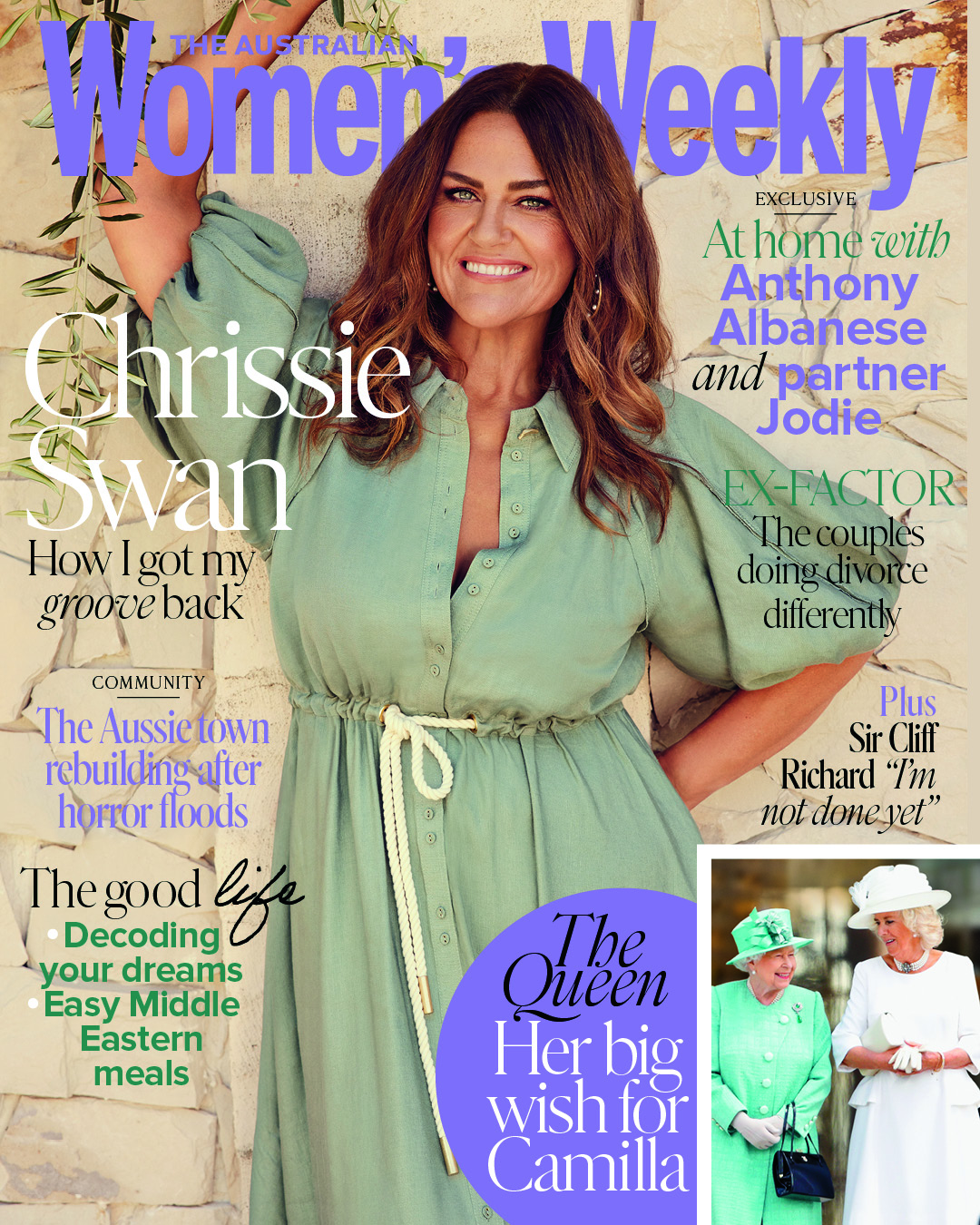
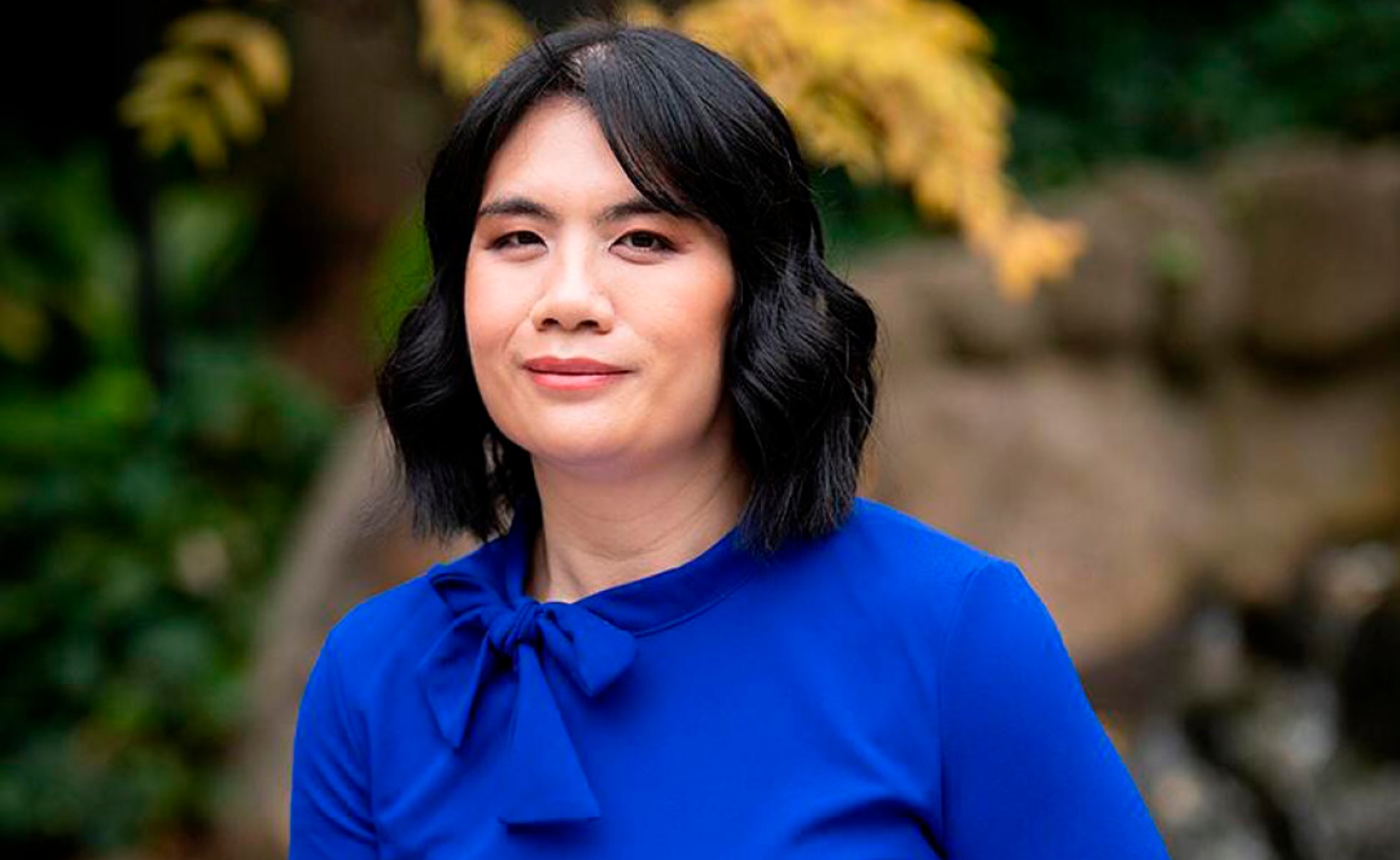
.png)
